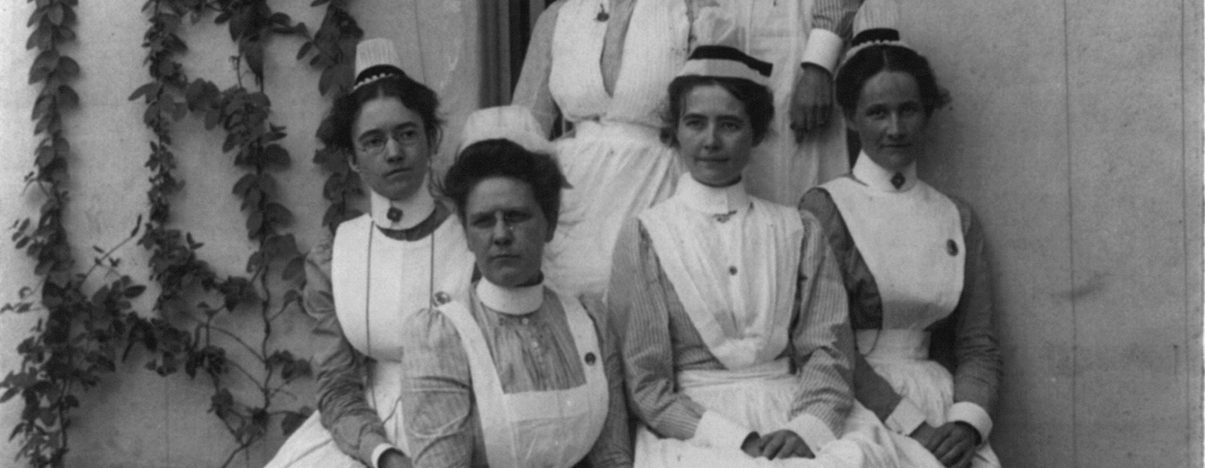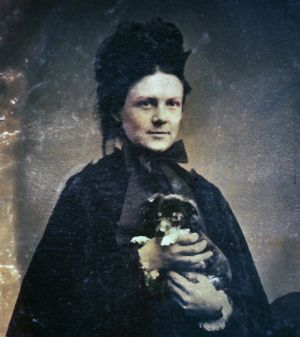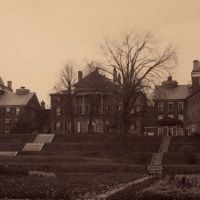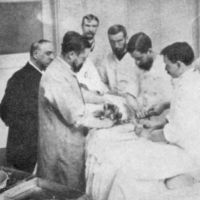Primary Source
From Susan Dimock to her mother soon after arriving in Zurich to attend medical school:
October 18, 1868
Sunday finds me safely through with last week's Herculean labors. You know I had a hundred formalities to go through with, and with no German to speak of. Looking back upon it, I do not see how I managed it; however it is all plain sailing now, and I have nothing to do except listen to lectures, study hard, and learn German, etc. Oh, it is so nice to get here, at a word, what I have been begging for in Boston for three years. I have every medical advantage that I can desire. I told the professor of anatomy, for instance, that I wanted a great deal of dissecting; and he immediately bowed, and said so kindly, "You shall have it; I only desire you shall tell me what you prefer." And so it is with everything. . . in every respect I have equal advantages with the young men; and then I find also the warmth and protection and feeling of interest which a young man finds in a university.
From Memoir of Susan Dimock, resident physician of the New England Hospital for Women and Children. (n.p., 1875.)







